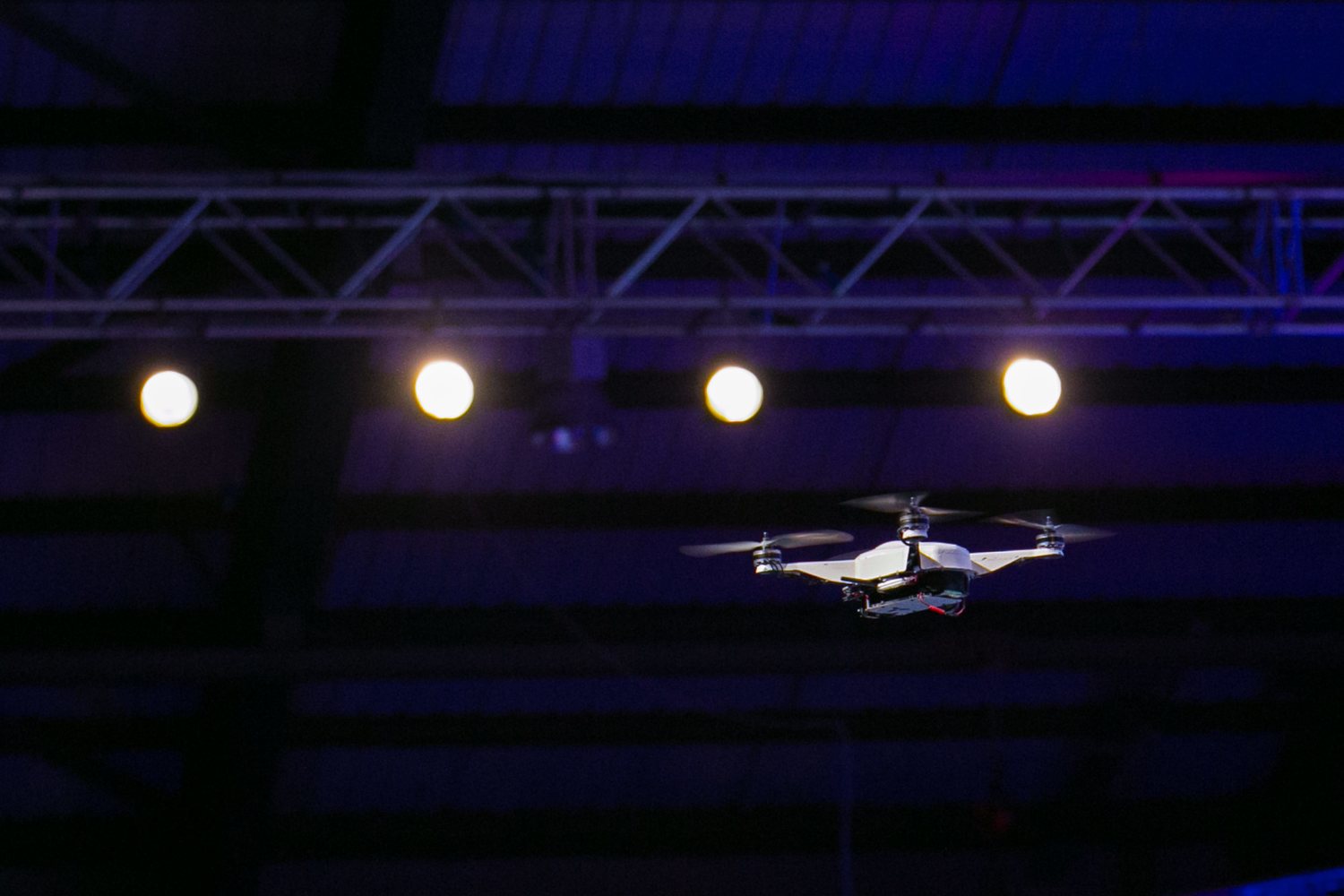
Robohub.org
Europe agrees on regulatory drone framework to move industry forward

There is not a week that goes by where regulation isn’t a hot topic when it comes to drones. But for any regulated industry where technology is advancing greater than new rules can be agreed upon, it will undoubtedly cause a few headaches. This week closes with a very positive announcement from European stakeholders on the future of drones. During a two-day conference in Riga, the European aviation community found broad agreement on the main principles to guide the regulatory framework to allow RPAS (Remotely Piloted Aircraft Systems) operations throughout Europe from 2016 onwards.
The principles formed from this week are as below:
1. Drones need to be treated as new types of aircraft with proportionate rules based on the risk of each operation.
The provision of drone services must not be less safe than is accepted from civil aviation in general. The incremental integration of drones in the aviation system must not reduce the level of safety presently achieved in civil aviation. Although no-one is on board the drone, people in other aircraft or on the ground could get hurt in case of an accident or an unscheduled landing. The way safety is regulated must be proportional to the operational risk involved.
Rules should be simple and performance based to allow a small start-up company or individuals to start low-risk, low-altitude operations under minimal rules, and to develop with light-touch risk-based regulation, similar to the modern product safety regulations applied in other sectors. Higher risk operations would be gradually subject to more stringent regulations or operational limitations. At the other end of the spectrum, where the operational risk is highest, such as with large drones operating alongside manned aircraft, the regulation will need to be quite similar to that applying to manned aviation, with strict standards on the design, manufacturing, maintenance and operation of drones, as well as on the training of drone pilots and maintenance personnel.
2. EU rules for the safe provision of drone services need to be developed now.
Safety rules, including on remote pilot and operator qualifications, should be developed at the European level by the European Aviation Safety Agency, building on the experience developed in the EU Member States. The essential requirements should be harmonised at the global level to the maximum extent possible; full use should be made of the established cooperation in the Joint Authorities for Rulemaking on Unmanned Systems (JARUS) and at ICAO, and should be completed by international industry standard setting bodies. Efforts need to be put into resourcing these activities, especially JARUS, in order to ensure that the progressive risk-based approach is consistent with what is done in the rest of the world.
This basic regulatory framework should be put in place without delay, in order to help the private sector to take well-informed investment decisions, and to provide a basic set of rules for the many operators who are increasingly eager to begin providing services. The European Aviation Safety Agency should consult stakeholders by the middle of 2015 on the regulatory framework for the operations of drones and on concrete regulatory proposals for low-risk operations. By the end of 2015, the Agency will use the results of the consultation to propose a position on these matters. The proposal for the revision of the basic European Safety Regulation, which the European Commission has announced for 2015, should contain the necessary new provisions and essential requirements for the progressive risk-based regulation of drones, based on the Agency’s recommendations.
3. Technologies and standards need to be developed for the full integration of drones in the European airspace.
The success of drone activities and safety regulations also depends on the financial effort to develop and validate key missing technologies and the ensuing required standards. Both industry and public authorities stressed the need for adequate investment in the technologies that are required to integrate drones into the aviation system – the SESAR programme. CleanSky and other initiatives should complete the SESAR investments. That would create spin-off benefits for traditional aviation and so frame the future of flying.
4. Public acceptance is key to the growth of drone services.
The respect of citizens’ fundamental rights, such as the right to privacy and the protection of personal data, must be guaranteed. Many drone services involve data-gathering such as filming, etc. The responsible authorities, such as the national and European Data Protection Authorities, should develop the necessary guidelines and monitoring mechanisms to ensure the full respect of existing protection rules, including in relation to drones. Rules need to clarify what is acceptable and what is not, and must be properly enforced.
Drones may cause nuisances and negative externalities, such as noise. These nuisances need to be addressed, possibly at the local level, to maintain public acceptance.
Drones also pose potential security risks. The design of drones can and should take into account those risks by using methods such as cyber-defence or geofencing. However, the malicious use of drones cannot be entirely prevented by design or operational restrictions. It is the task of the national police and justice systems to address those risks.
5. The operator of a drone is responsible for its use.
When a drone service is delivered in prohibited airspace, in an unsafe manner, or for illegal purposes, the authorities should be able to act and hold the operator accountable. Where lacking, this will need to be clarified in national law. Moreover, in order to enforce responsibility, it will be necessary for drones to have at all times an identifiable owner or operator. The regulator should seek the least bureaucratic way to achieve this. For instance, the mandating of electronic identity chips on drones – “IDrones” – as is today envisaged in some states, could be formalised through a safety rule, which would contribute to the effective implementation of privacy and security requirements. Standardised web-portals in the Member States for the registration of operators and their operations could be another solution. The involved authorities need to work closely together.
Drone accidents will happen. Member States should clarify the applicable insurance and third-party liability regime and monitor the compensation mechanisms for potential victims. The establishment of compensation funds to cover victims of accidents caused by uninsured drone users, as used in the motor insurance sector, could be envisaged. Reporting on drone incidents should be integrated into the overall incident reporting requirements. Systematic and coherent incident reporting will improve safety and will be instrumental for insurance companies in their risk analysis on which third party liability insurance premiums are based.
Riga wasn’t the only place where stakeholders have been making progressive steps forward with regulation. In Montreal, Canada, The ICAO (International Civil Aviation Organisation) held a symposium for RPAS delegates around the world. In the US, the FAA recently released an interim measure to streamline an exception which will grant operators permission to carry out aerial work, albeit, it is still restrictive compared to European policy. And finally, in the UK, the CAA released the sixth edition to its policy on the use of drones.
All round it’s been a very reflective yet positive step forward to integrate commercial drones into airspace.
If you liked this article, you may also be interested in:
- New CAA rules govern use of drones in built up areas
- House of Lords looks to media regulators for guidance on drone journalism
- Transport Canada releases new framework for governing UAV operations
- Does the Small UAV industry need its own coalition?
See all the latest robotics news on Robohub, or sign up for our weekly newsletter.
tags: c-Aerial, cx-Politics-Law-Society, drone regulation, EU




